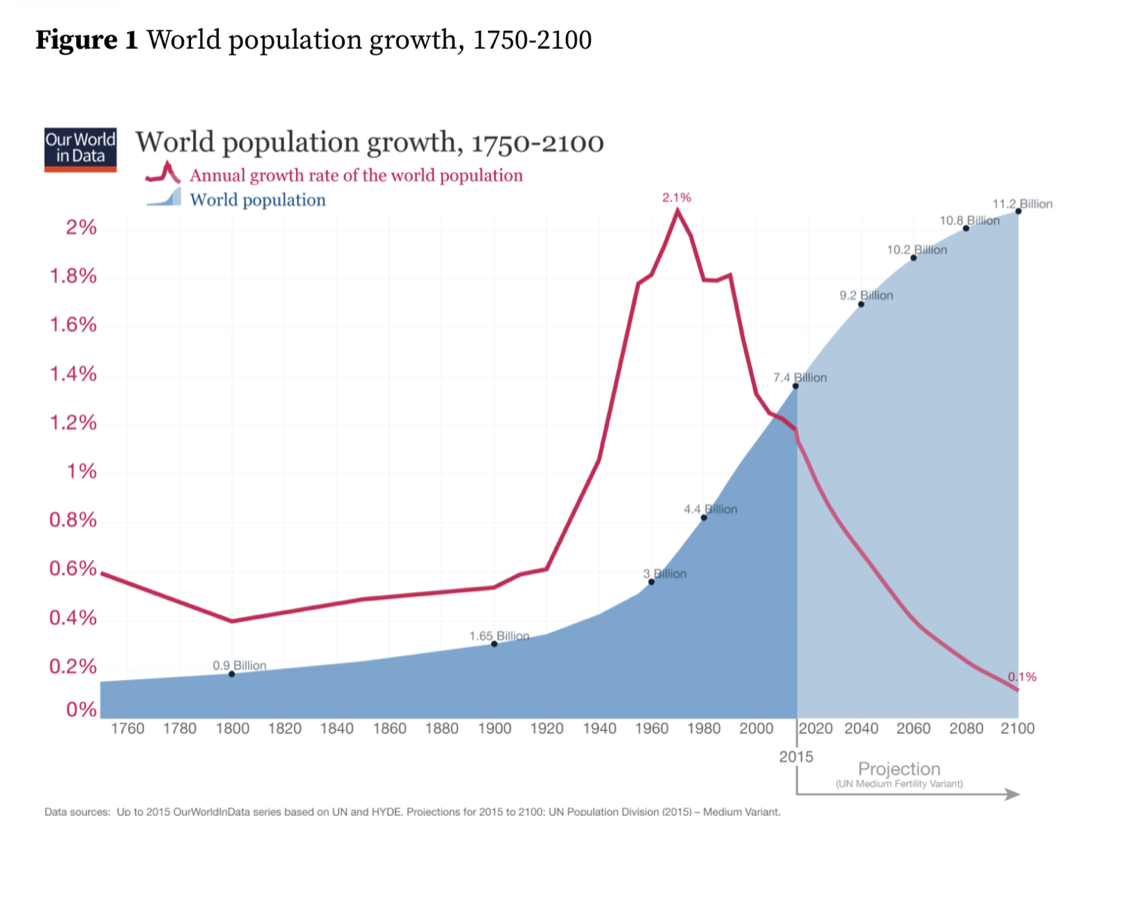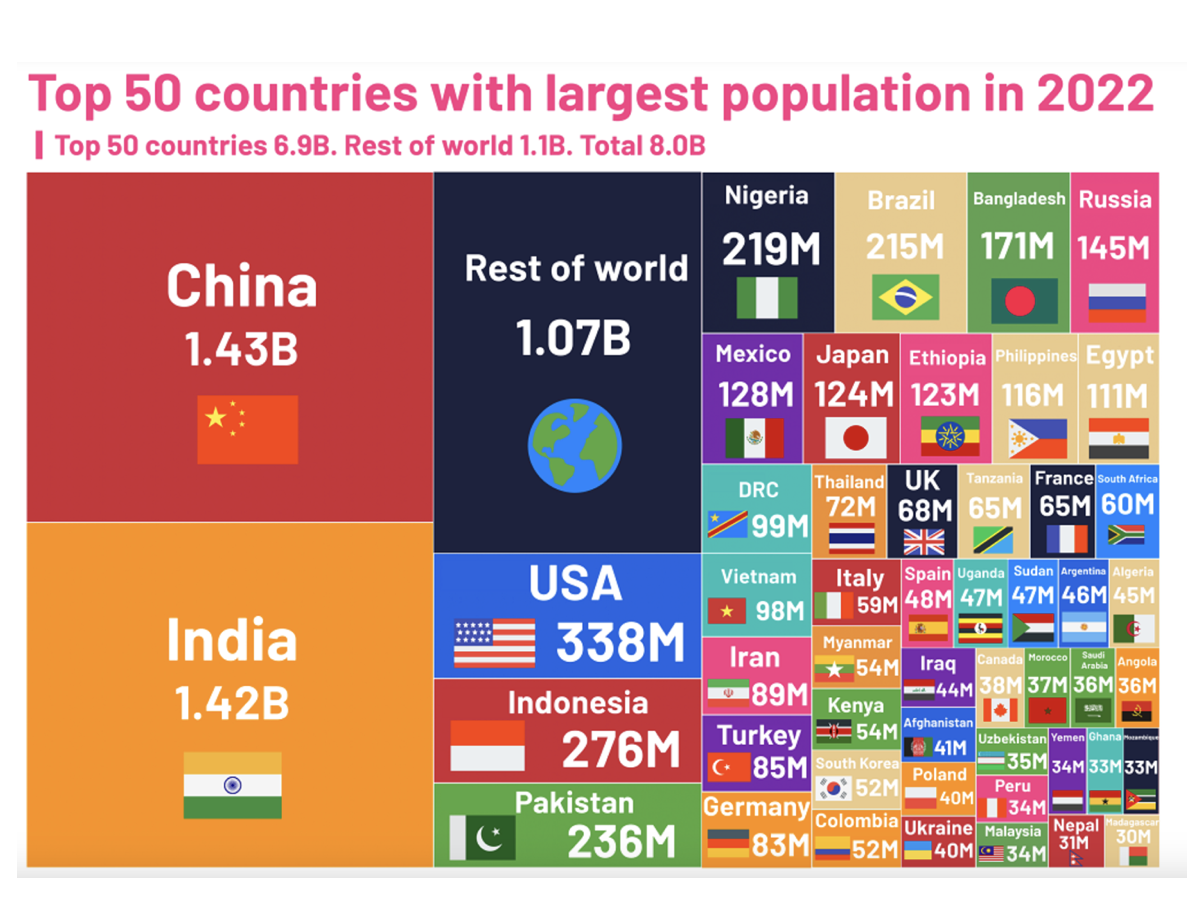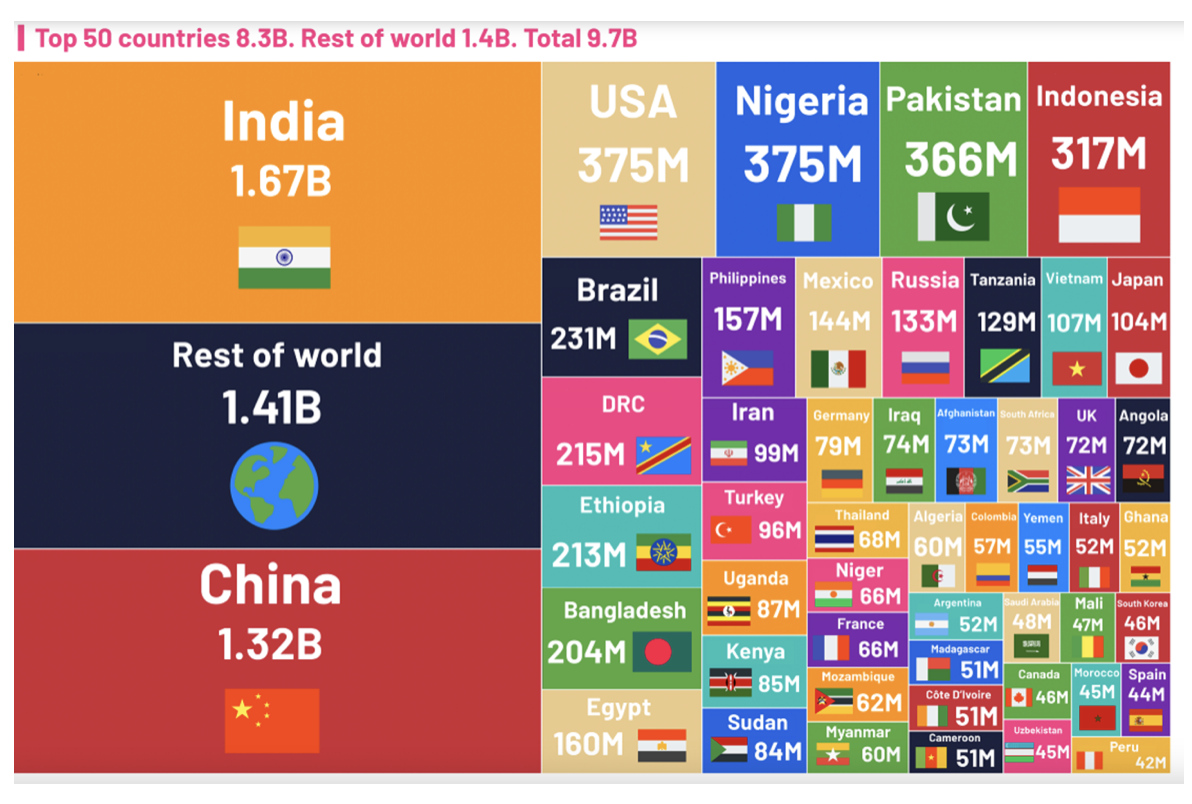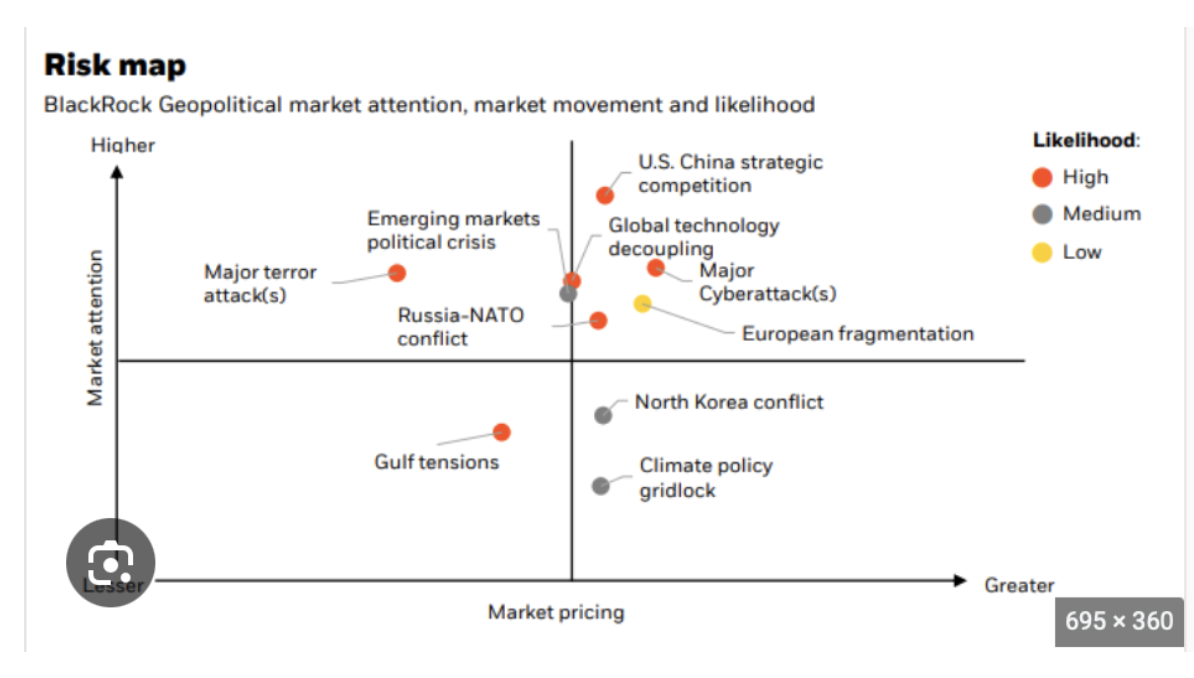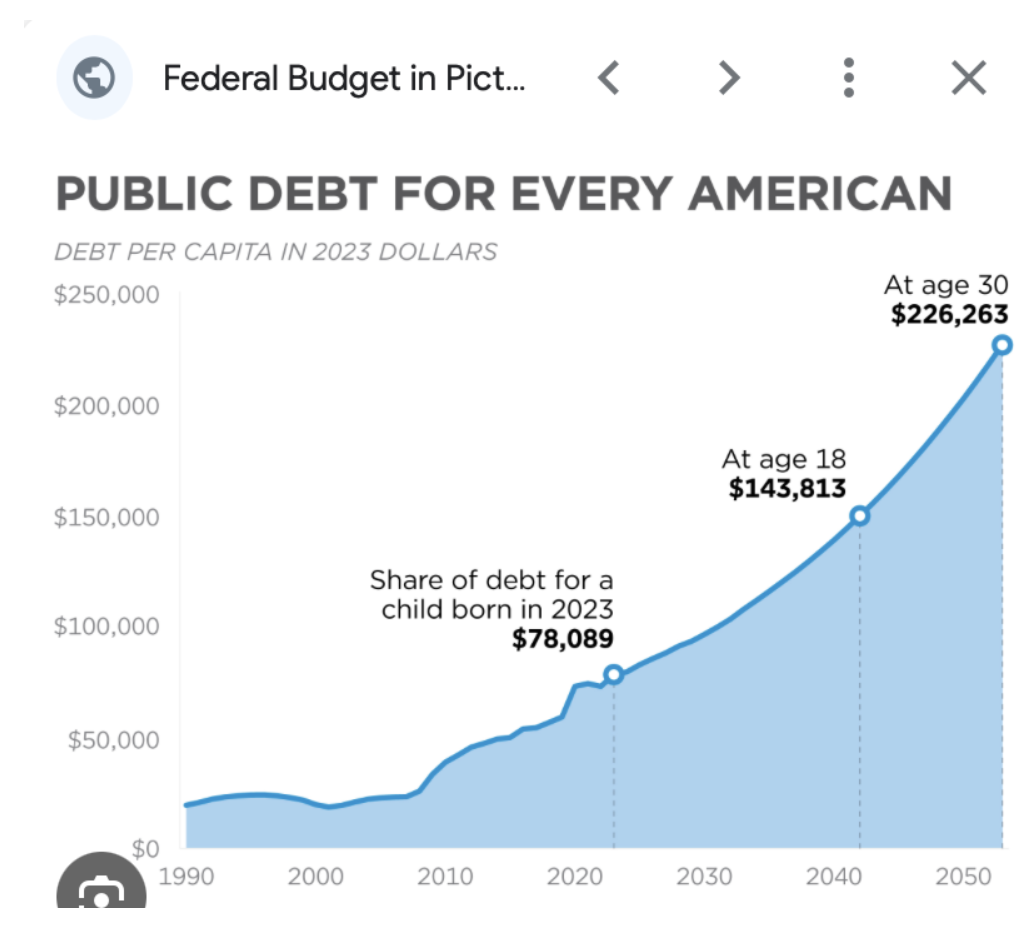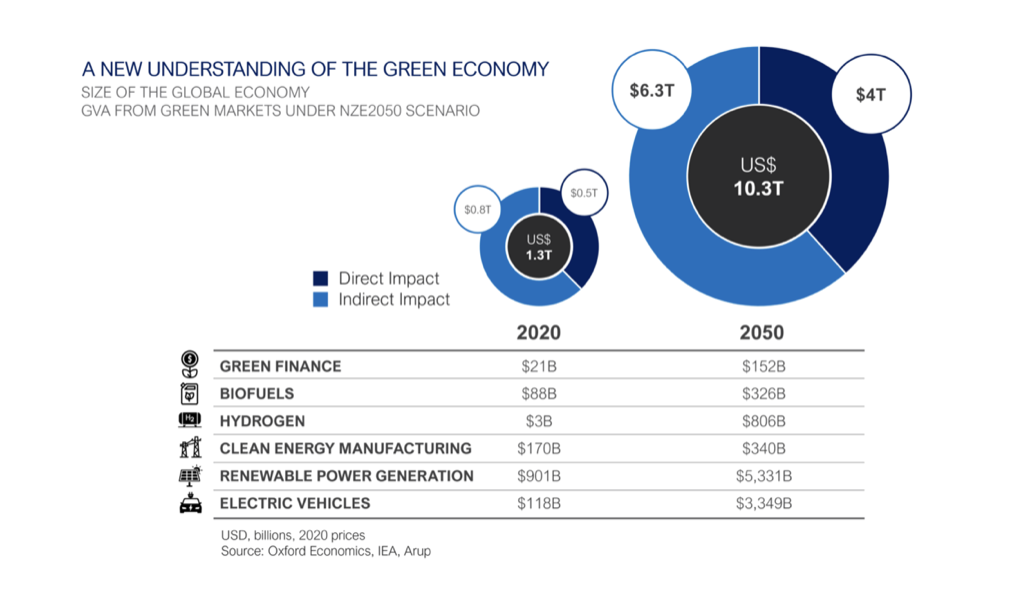
(THE LONG-TERM INFLATION TARGET MAY BE 2%, BUT THE REALITY WILL LIKELY BE QUITE DIFFERENT)
March 25, 2024
Hello everyone,
Week ahead calendar
Monday, March 25
8 a.m. Building Permits final (February)
8:30 a.m. Chicago Fed National Activity Index (February)
10 a.m. New Home Sales (February)
10:30 a.m. Dallas Fed Index (March)
Tuesday, March 26
8:30 a.m. Durable Orders preliminary (February)
9 a.m. FHFA Home Price Index (January)
9 a.m. S&P/Case Shiller comp. 20 HPI (January)
10 a.m. Consumer Confidence (March)
10 a.m. Richmond Fed Index (March)
Earnings: McCormick & Co
Wednesday, March 27
No notable events
Earnings: Carnival
Thursday, March 28
8:30 a.m. Continuing Jobless Claims (3/16)
8:30 a.m. GDP Chain Price final (Q4)
8:30 a.m. GDP (Q4)
8:30 a.m. Initial Claims (3/23)
9:45 a.m. Chicago PMI (March)
10 a.m. Michigan Sentiment final (March)
10 a.m. Pending Home Sales Index (February)
11:00 a.m. Kansas City Fed Manufacturing Index (March)
Earnings: Walgreens Boots Alliance
Friday, March 29
Markets are closed for Good Friday.
8:30 a.m. PCE Deflator (February)
8:30 a.m. Personal Consumption Expenditure (February)
8:30 a.m. Personal Income (February)
8:30 a.m. Wholesale Inventories preliminary (February)
Let’s get it out there.
The era of stable inflation is over.
Yes, the Fed might get inflation down to close to 2%, but I believe they will struggle to keep it there.
Let’s check out the reasons why here.
First, demographics.
The U.S. and other Western industrial countries – even China – are facing declining populations that will result in a persistent shortage of labour. Tight labour markets in turn will keep upward pressure on wages as businesses compete for workers.
AND THESE ARE THE TOP 50 COUNTRIES WITH THE LARGEST POPULATION IN 2050.
And then there is the era of global free trade, which is taking a backseat to security concerns in the wake of the Russian war on Ukraine and Western tensions with China after the pandemic. Any tensions between the U.S. and China tend to be costly.
The growing government deficit – does anyone really think about this and its consequences? – is also fuel for inflation. The U.S. has been running trillion-dollar deficits since the pandemic and the national debt is expected to continue to grow by leaps and bounds.
The importance of greening the economy is a concept we all appear to accept. But this is another potential inflation accelerator. And what about the implications here? The U.S. would need to spend trillions of dollars to modernize its electric grid and feed the insatiable appetite of emerging technologies such as artificial intelligence. Lots of older, valuable assets such as coal-or gas-fired could also get stranded.
2% inflation has gone by the wayside for the long term? We’re probably looking at a 3% inflation world.
The only way to get to 2% long term would be to drive up unemployment and collapse the economy. Hands up who thinks the Fed is going to do that?
Cheers
Jacquie

